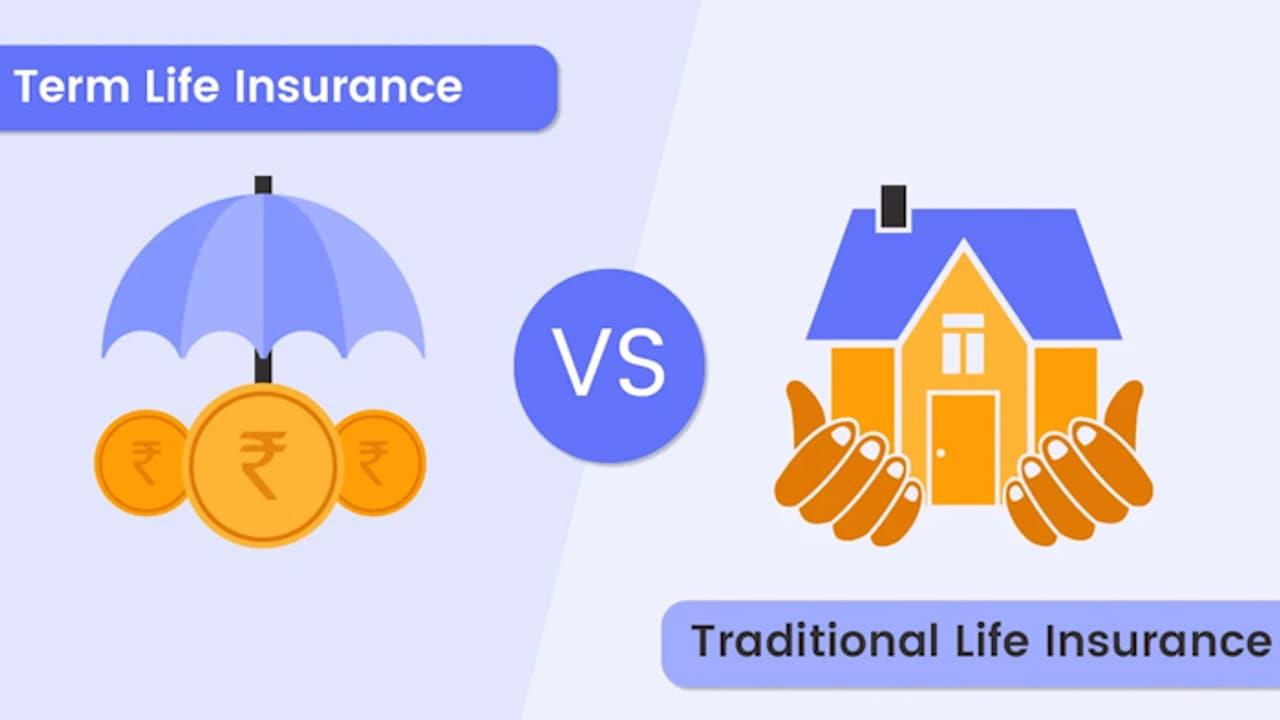
Term Insurance Vs Life Insurance: Key Differences Explained
If you want to secure your loved ones' future, you can opt for a life insurance policy within your budget. In the process, you might come across 'term insurance'. This might cause you to wonder: What is the difference between term and life insurance? Both are life insurance policies that aim to protect your family. However, each type works differently and serves a different need.
What is Term Insurance?
Term insurance is a type of life insurance that offers financial protection for a specific period. A term plan can be valid for 10, 20, 30 years, or even more. If the policyholder passes away during that term, their beneficiaries receive a death benefit. If the term ends while the insured is still alive, there is no payout or cash value (unless it is a return-of-premium or ROP plan). In this type of plan, the policyholder receives a refund of all the premiums paid if they survive the policy tenure.
Because a standard term insurance plan provides risk cover at a low cost, it is often the most affordable option. Its main benefit is its affordability; one can obtain a high sum assured at an affordable price with term insurance.
Key Features of Term Insurance:
Provides only the death benefit; there is no maturity or survival benefit.
Premiums are much lower compared to life insurance.
Higher coverage amount for the same premium.
Policy term is fixed (e.g., 10, 20, or 30 years).
Can add riders like critical illness or accidental death cover.
What is Life Insurance?
Life insurance is a broader concept, as it includes both term insurance and other options like whole life or traditional life insurance. These types of life insurance not only offer a death benefit but also include a maturity or savings component. They tend to accumulate cash value over time. If the policyholder survives the term, there may be a payout made up of the accumulated cash value. Because of this built-in savings aspect, traditional life insurance tends to be pricier than term policies.
Key Features of Life Insurance:
Offers both a death benefit and a maturity benefit.
Includes savings or investment options for wealth creation.
Premiums are higher than term insurance.
Can be long-term or whole-life plans.
May provide bonuses, guaranteed additions, or market-linked returns, depending on the life insurance plan chosen.
Difference Between Term and Life Insurance
Here's a table highlighting the key differences between term and life insurance:
Both term insurance and life insurance have their own merits. Term insurance is the most affordable way to provide your family with a large safety net, while life insurance can help build long-term savings alongside protection. To choose the best life insurance policy for your needs, evaluate your financial goals, dependents' needs, and budget. The right choice can ensure peace of mind and lasting financial security.
Legal Disclaimer:
MENAFN provides the
information “as is” without warranty of any kind. We do not accept
any responsibility or liability for the accuracy, content, images,
videos, licenses, completeness, legality, or reliability of the information
contained in this article. If you have any complaints or copyright
issues related to this article, kindly contact the provider above.


















Comments
No comment